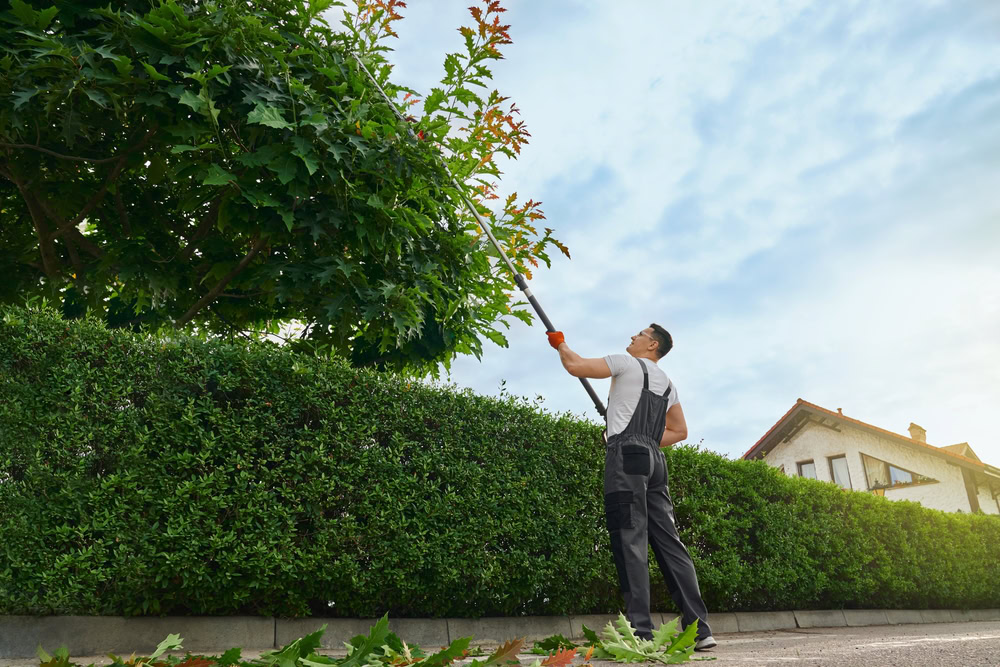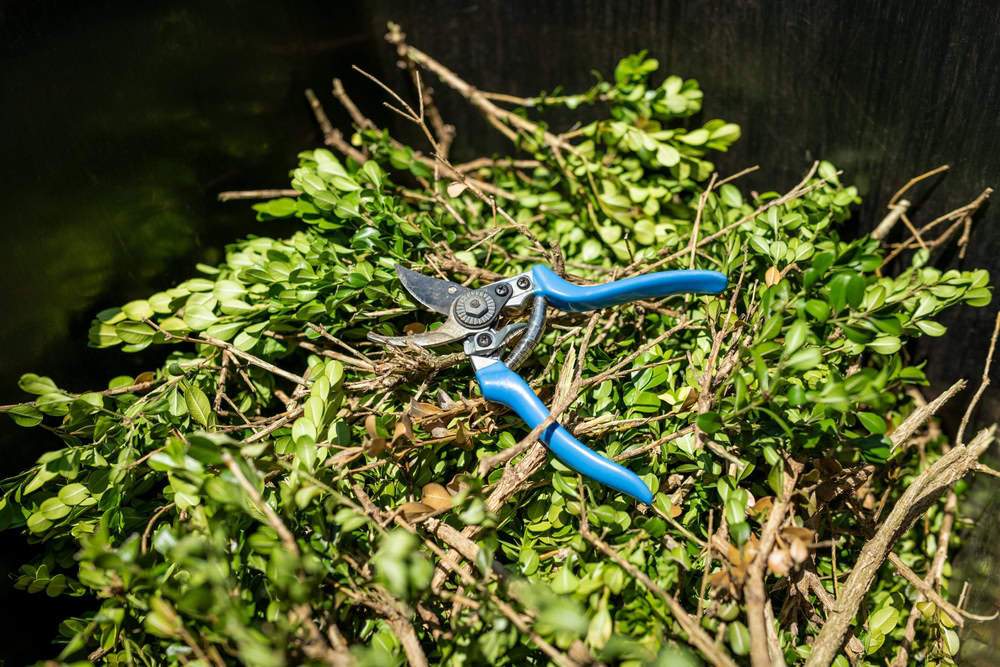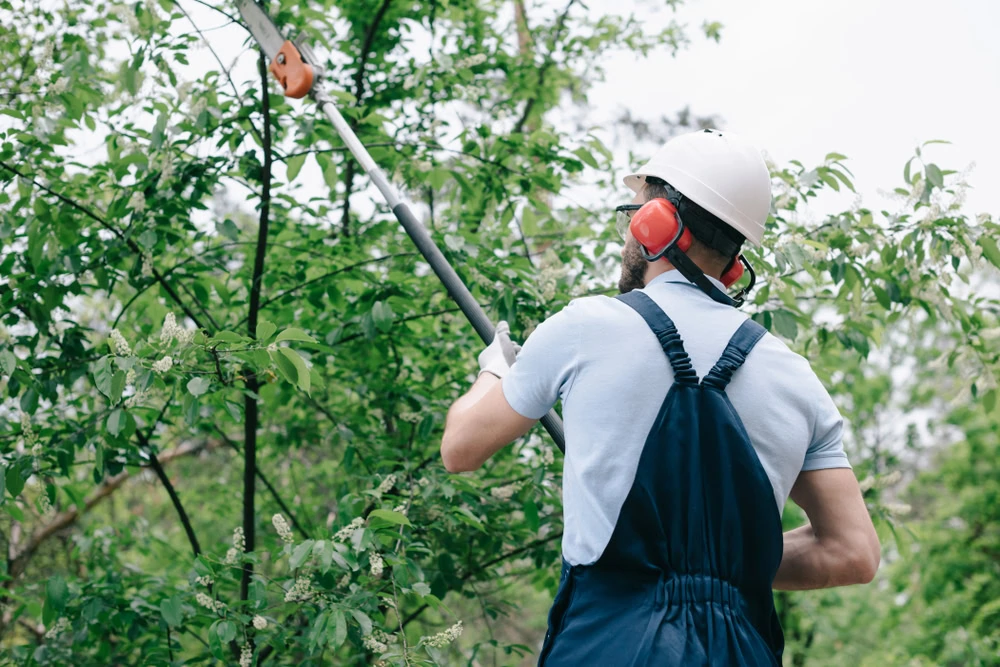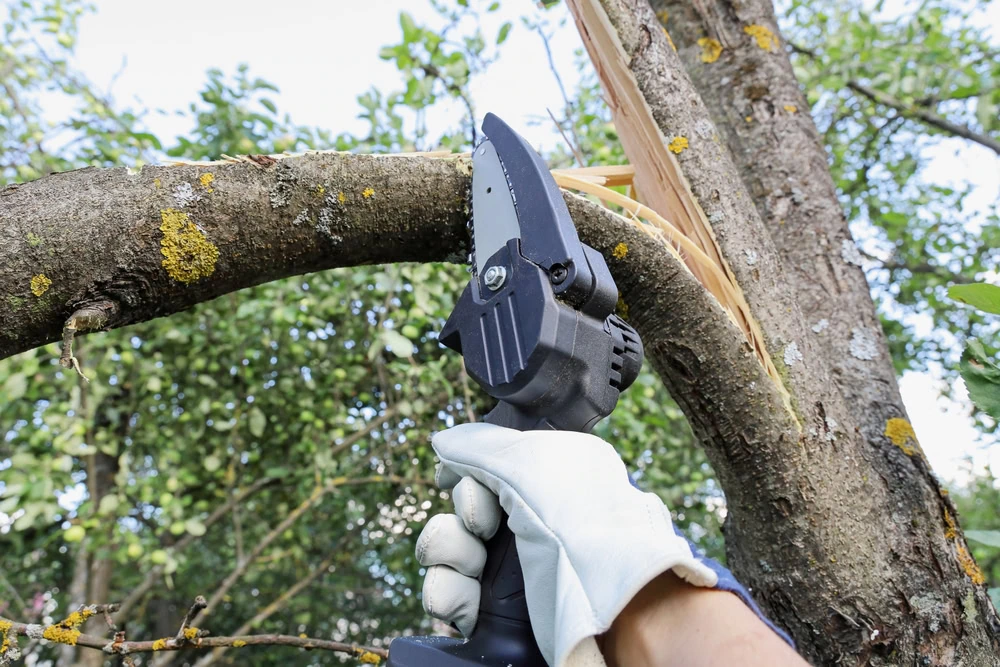Tree Trimming in Barnum Island, NY
Safe, Professional Tree Care That Protects
Expert tree trimming that keeps your property safe, beautiful, and storm-ready without the guesswork or risk.

Hear from Our Customers

Professional Tree Care Services
You get trees that actually enhance your property instead of threatening it. No more worrying about branches hanging over your roof or blocking your favorite view. No more wondering if that dead limb will come down in the next storm.
Proper tree trimming means your trees grow stronger, not weaker. You’ll see better sunlight reaching your yard and home. Your neighbors will notice the difference too.
Most importantly, you sleep better knowing your family and property are protected from falling branches. That peace of mind? Worth every penny.
Barnum Island Tree Experts
We’ve been handling tree care across Nassau County for years. We understand how coastal weather affects your trees and what species thrive here on Long Island.
You’re not getting some fly-by-night crew with a chainsaw. Our certified arborists know the difference between proper pruning and tree butchering. We’re fully licensed and insured because this work matters.
When your neighbors need tree work done right, they call us. When storms hit Barnum Island, we’re the ones responding. That’s the kind of local reputation you can count on.

Tree Trimming Process
First, we assess your trees and explain exactly what needs to be done and why. No surprises, no upselling on services you don’t need. You’ll understand the plan before we start.
Next, we handle any required permits or notifications. Living on Long Island means dealing with regulations, and we know which ones apply to your situation.
Then we get to work using proper equipment and techniques. We protect your landscaping, clean up completely, and leave your property better than we found it. The whole process is designed to minimize disruption to your daily routine.
You’ll see the difference immediately – better light, improved views, and most importantly, safer trees that won’t keep you up at night during storms.

Ready to get started?
Complete Tree Maintenance
You get a complete evaluation of your tree’s health, not just a quick trim job. We identify potential problems before they become expensive emergencies. Dead wood removal, crown thinning, and proper shaping all happen in one visit.
Every cut we make follows arboricultural standards that promote healthy regrowth. You won’t see those ugly stub cuts that invite disease and pest problems. Your trees will actually look better and grow stronger after we’re done.
We also handle the cleanup completely. No branches left scattered across your yard, no wood chips in your flower beds. You get professional results without the mess or hassle of dealing with debris removal yourself.
